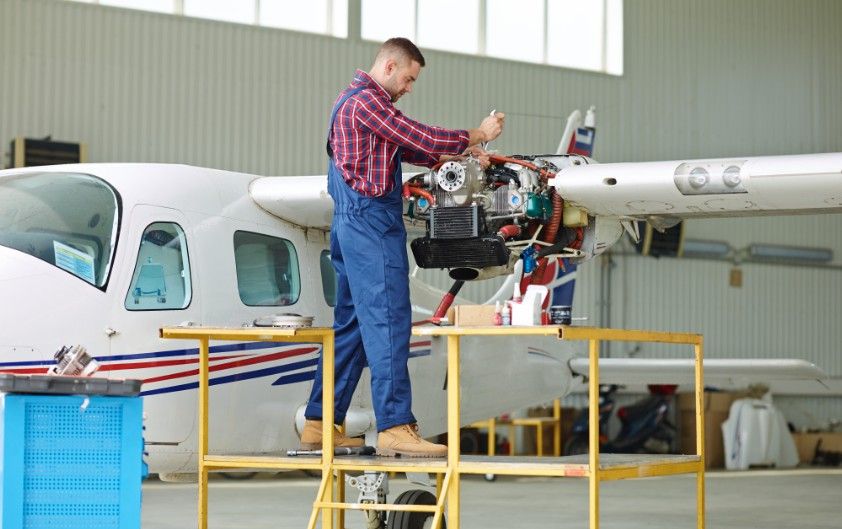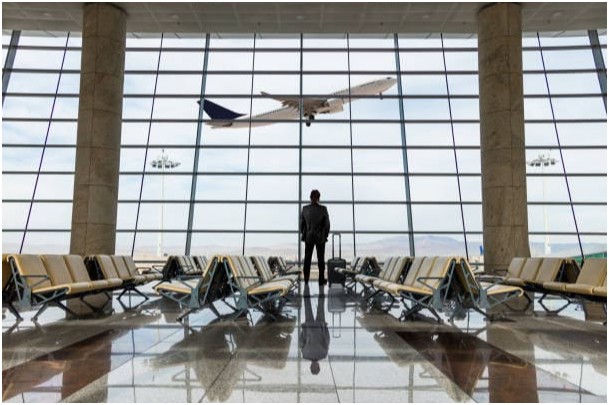One of my most memorable experiences as an aviation safety expert occurred several years ago during a routine fleet safety inspection at a regional airport. The weather was calm, the sky was clear, and everything appeared normal. However, during my inspection, I noticed a minor issue with one of the aircraft’s emergency systems that could have caused a significant safety hazard in the event of an emergency.
That moment reinforced the importance of having a comprehensive fleet safety program—something that ensures not only the mechanical reliability of aircraft but also the safety of the crew, passengers, and everyone involved. A fleet safety program is more than just an occasional check-up—it’s a commitment to continuous safety management, risk assessment, and operational excellence.
Whether you manage a fleet of private jets, commercial airliners, or cargo planes, a robust fleet safety program is crucial for preventing accidents and ensuring smooth, incident-free operations. In this post, I’ll walk you through the crucial elements that make up a fleet safety program, explain why it’s so important, and show you how to implement one effectively.
Why Is a Fleet Safety Program So Important?
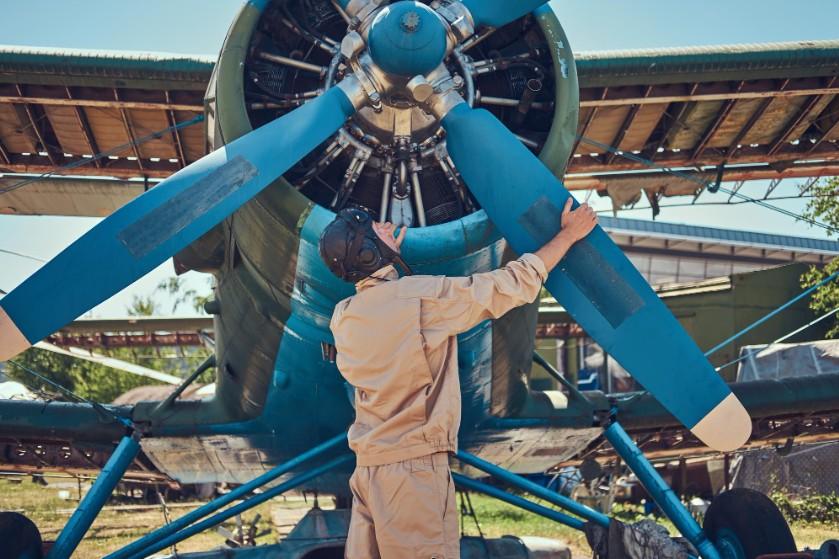
What Does a Fleet Safety Program Protect Against?
A fleet safety program serves as the backbone of any aviation operation. From preventing mechanical failures to protecting crew members from workplace injuries, this program covers all aspects of safety. The main goal is to minimize risks and ensure that every aircraft and every part of the flight operation is prepared for potential hazards.
The risks in aviation are vast, and they can be both preventable and unpredictable. Weather conditions, mechanical malfunctions, human error, and even external factors like bird strikes all come into play. A fleet safety program is designed to cover every angle, ensuring that there are contingency plans for various emergencies, preventive measures for mechanical failures, and ongoing training for crew members to handle critical situations effectively.
How Can It Improve Your Safety Record?
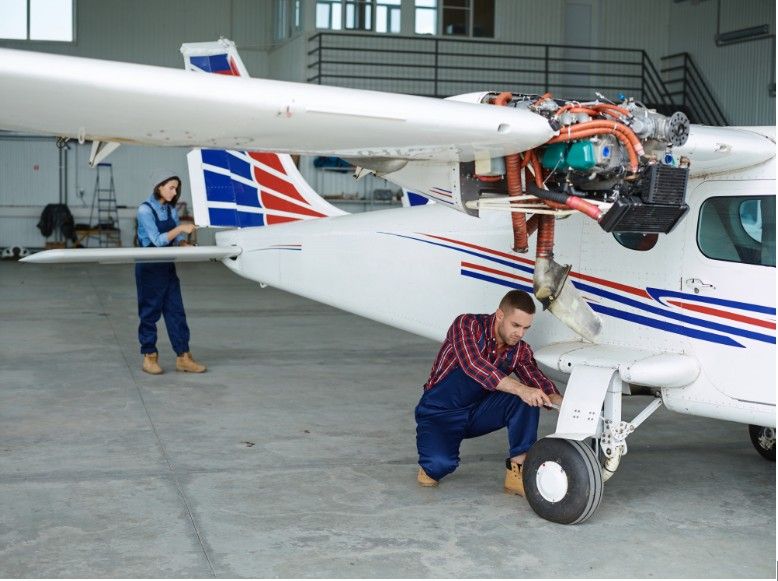
A fleet safety program doesn’t just prevent accidents—it helps foster a safety culture within the organization. When safety is prioritized at all levels, from top management to ground crew, it results in fewer incidents, better operational efficiency, and improved crew morale. The program also helps ensure that maintenance and operational protocols are consistently followed, significantly reducing the risk of safety-related failures.
In fact, statistics show that airlines with a robust fleet safety program tend to have better safety records, fewer incidents, and improved compliance with regulatory standards set by organizations like the FAA (Federal Aviation Administration) and EASA (European Union Aviation Safety Agency). So, a good safety program is not just about keeping your fleet in check—it’s also about meeting regulatory standards and ensuring your reputation for reliability and safety.
What Are the Key Components of a Fleet Safety Program?
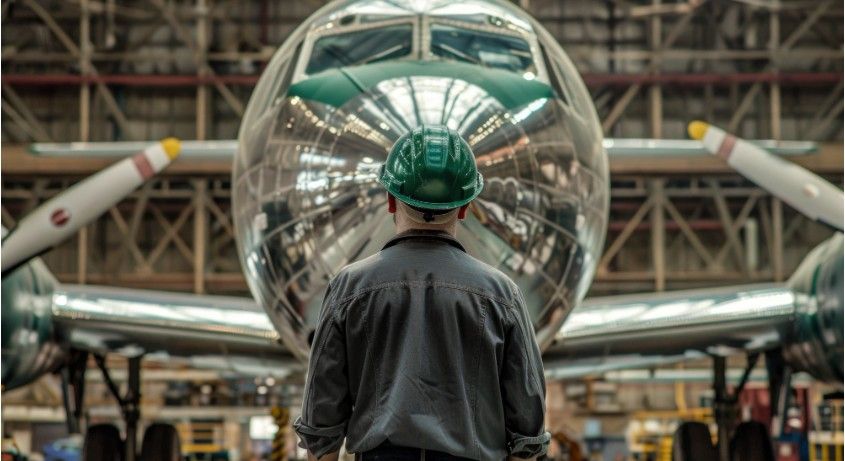
What Should Be Included in a Comprehensive Safety Plan?
Creating a fleet safety program isn’t a one-size-fits-all affair. It needs to be tailored to your fleet’s unique operational needs. However, several components are common to all effective safety programs. These include:
1. Safety Management System (SMS)
A Safety Management System is at the heart of any fleet safety program. It involves identifying and assessing safety risks, implementing preventive actions, and continuously monitoring and improving safety performance. SMS is based on a structured framework that includes risk assessment, reporting, corrective actions, and performance metrics.
2. Maintenance and Inspection Protocols
Aircraft maintenance and regular inspections are essential parts of a safety program. These protocols ensure that all systems are functioning properly and that potential issues are addressed before they become serious problems. Regular checks—such as pre-flight inspections and scheduled maintenance—are necessary to ensure that aircraft remain airworthy and safe.
3. Crew Training and Emergency Protocols
Training crew members to handle both normal operations and emergencies is critical. A well-structured safety program should include regular safety drills, emergency response training, and updates on any new safety regulations that may be implemented. Having well-trained crew members ensures that the human element is just as prepared as the machinery in case of an emergency.
4. Compliance and Reporting Systems
Your fleet safety program should also include a method for ensuring compliance with aviation safety standards and regulations. Regular audits, internal reviews, and incident reporting systems are essential for maintaining standards and improving safety over time. Compliance is non-negotiable, and tracking data from safety audits and incident reports will help you stay on top of safety issues.
How to Make the Most of Your Fleet Safety Program
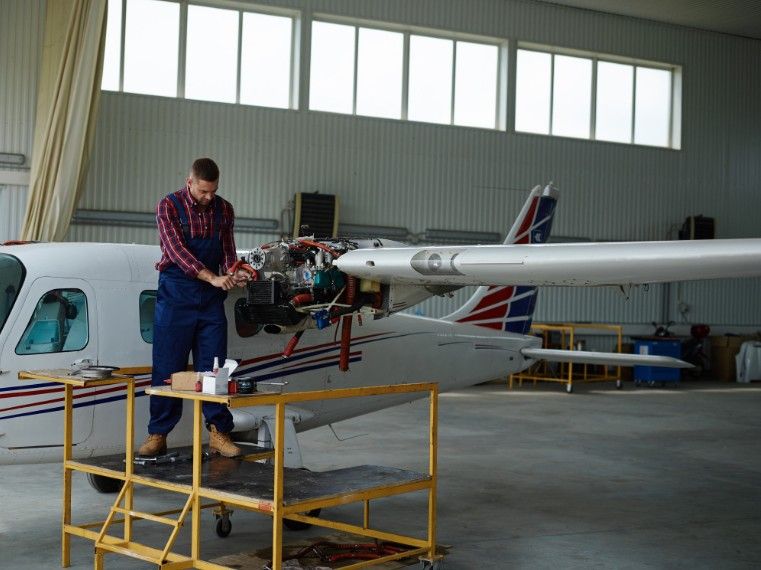
How Can You Build a Strong Fleet Safety Program?
Implementing a fleet safety program may seem like a daunting task, but it’s essential to prioritize the well-being of both your aircraft and crew. Here’s how you can get started with creating a top-tier safety program:
1. Assess Current Safety Protocols
The first step is to review your existing safety practices. If you already have a fleet safety program in place, check if it meets current regulatory standards and industry best practices. Is there a strong safety culture in place? Do crew members feel empowered to report safety concerns without fear of retaliation? Identifying weaknesses early on will help you improve and refine your safety program.
2. Involve All Stakeholders
A comprehensive fleet safety program requires buy-in from all levels of your organization. Involve aircraft maintenance teams, flight crews, ground crews, and management in the process. Everyone needs to understand their roles in maintaining safety and follow through on their responsibilities. Regular safety meetings, open communication, and joint training exercises can foster a culture of shared responsibility.
3. Invest in Technology
Technology can play a significant role in improving safety management. Consider real-time monitoring systems that allow for continuous tracking of aircraft performance and crew activity. Technologies like predictive maintenance tools can help anticipate mechanical issues before they occur, and data analytics can provide insights into safety trends and areas that need improvement.
4. Focus on Continual Improvement
A fleet safety program should never be static. Continuously assess the effectiveness of your safety protocols, identify emerging risks, and update your program accordingly. Set goals for continuous improvement, track progress, and hold teams accountable for their results. This will ensure that your fleet remains compliant and your safety culture continues to thrive.
FAQ: All Your Questions About Fleet Safety Programs
1. What are the most common safety hazards in aviation?
Common safety hazards in aviation include bird strikes, mechanical failures, human error, weather conditions, and poor communication. A fleet safety program should address all these areas, implementing preventive measures and ensuring crews are trained to deal with any situation that might arise.
2. How often should a fleet safety audit be conducted?
A fleet safety audit should be conducted annually, at the very least. However, it’s often a good idea to perform quarterly safety reviews to identify any emerging risks and ensure compliance with safety standards. For high-risk fleets or those involved in frequent operations, more frequent audits may be necessary.
3. What role does training play in a fleet safety program?
Training is crucial. A well-trained crew is your first line of defense against accidents. A fleet safety program should include regular training on both safety protocols and emergency procedures. Additionally, hands-on drills and scenario-based training can help ensure that all crew members know exactly how to act in an emergency.
4. How do I choose the right safety equipment for my fleet?
When selecting safety equipment for your fleet, you must consider the type of aircraft, operational conditions, and the specific hazards your team faces. For example, fire extinguishers, life vests, and oxygen masks are essential for commercial aircraft. Always ensure that equipment is compliant with regulatory standards and updated regularly.
The Final Word: Keep Your Fleet Flying Safe
Having a robust fleet safety program in place is not just about following regulations—it’s about ensuring your aircraft are airworthy, your crew is well-prepared, and your passengers are always in safe hands. With the right systems, constant training, and ongoing safety audits, you can significantly reduce risks and make your operations safer for everyone involved.
Remember, safety is an ongoing process, not a one-time fix. Continuously assess your program, stay informed about the latest safety regulations, and always prioritize safety above all else. After all, in aviation, a proactive safety culture ensures that everyone stays on course—smooth skies ahead!

